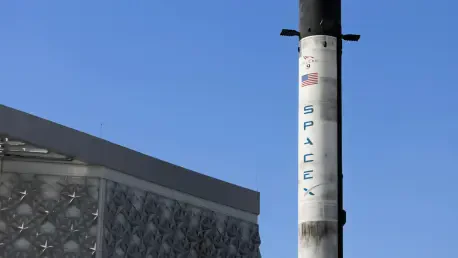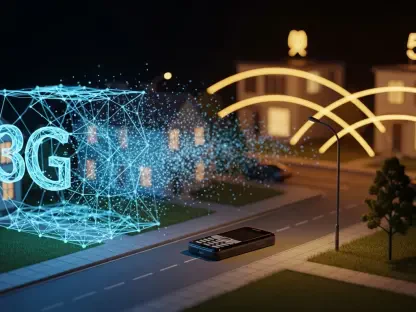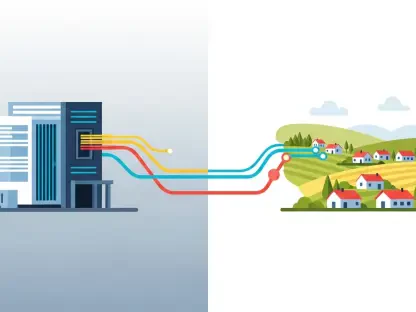In the fast-moving domain of satellite technology, key players SpaceX and Exolaunch are at the forefront of innovation with groundbreaking projects. The Transporter-14 mission, set to launch from Vandenberg Space Force Base on Monday, June 23, highlights a significant milestone in the satellite deployment arena. This mission aims to deliver a diverse mix of payloads into low-Earth orbit, including 70 cubesats, microsats, and re-entry capsules. A cornerstone of this mission is Exolaunch’s substantial contribution, deploying 45 customer satellites aboard the Falcon 9 rocket. This collaboration exemplifies the evolving dynamics within the space industry and the increased demand for effective solutions in global space access.
Harnessing Technological Advancements in Satellite Deployment
Exolaunch’s Strategic Role and Technological Expertise
Exolaunch has demonstrated remarkable prowess in deploying state-of-the-art satellite systems such as CarboNIX, Nova, and Quadro, engineered for distinct satellite needs. These systems ensure reliability and precision, supporting various forms of satellite separations and deployers specially crafted for larger CubeSats. Going beyond mere deployment systems, Exolaunch has achieved commendable success with over 530 satellite deployments on SpaceX’s Transporter missions since the collaboration began. The integration of advanced technologies in Exolaunch’s operations underscores the company’s commitment to setting industry standards in rideshare launches. Such feats significantly boost the confidence of international customers in trusting Exolaunch for managing intricate satellite deployment challenges.
Key Contributions to the Transporter-14 Mission
Transporter-14 stands as Exolaunch’s 37th mission, reaffirming its status as a reliable rideshare partner. The mission accentuates the importance of satellite integration, global logistics, and stringent testing and deployment procedures adopted by Exolaunch to address diverse customer demands from countries including the USA, UK, and Germany. By skillfully orchestrating satellite integration with SpaceX, Exolaunch exemplifies dedication to expanding space access globally. The company’s flight heritage and proven hardware performance serve as benchmarks in the industry, establishing Exolaunch’s reputation for reliability and excellence. This mission not only accentuates their technical expertise but highlights their commitment to continual growth and leadership in satellite deployment projects.
Collaborative Efforts between SpaceX and Exolaunch
Unwavering Commitment to Excellence
In the burgeoning field of space exploration, the collaboration between SpaceX and Exolaunch illustrates mutual commitment to excellence in satellite deployment. This partnership reflects the synergy between two industry giants in meeting the expanding global demand for accessible space technology. The meticulous planning, execution, and outstanding technical expertise exhibited by both SpaceX and Exolaunch have paved the way for achieving remarkable success rates and enhancing the efficiency of satellite deployment missions. By establishing a high level of trust and cooperation, this alliance represents the progressive trajectory of global space ventures and highlights the vital role they play in shaping future space exploration and technology development strategies.
The Impact of Innovation on Space Accessibility
In the rapidly evolving field of satellite technology, industry leaders like SpaceX and Exolaunch are spearheading numerous innovative projects. The upcoming Transporter-14 mission, slated to take off from Vandenberg Space Force Base on Monday, June 23, marks a significant achievement in satellite deployment. This mission plans to send a diverse assortment of payloads into low-Earth orbit, which includes an impressive array of 70 cubesats, microsats, and re-entry capsules. One of the mission’s key highlights is Exolaunch’s major involvement in deploying 45 customer satellites using SpaceX’s Falcon 9 rocket. This collaboration not only underscores the evolving relationships within the space industry but also reflects the growing demand for efficient space access solutions worldwide. As global interest in space exploration and satellite technology continues to rise, such partnerships play a crucial role in making space more accessible and functional. These missions reflect broader trends of privatization and technological advancement in the realm of space.









